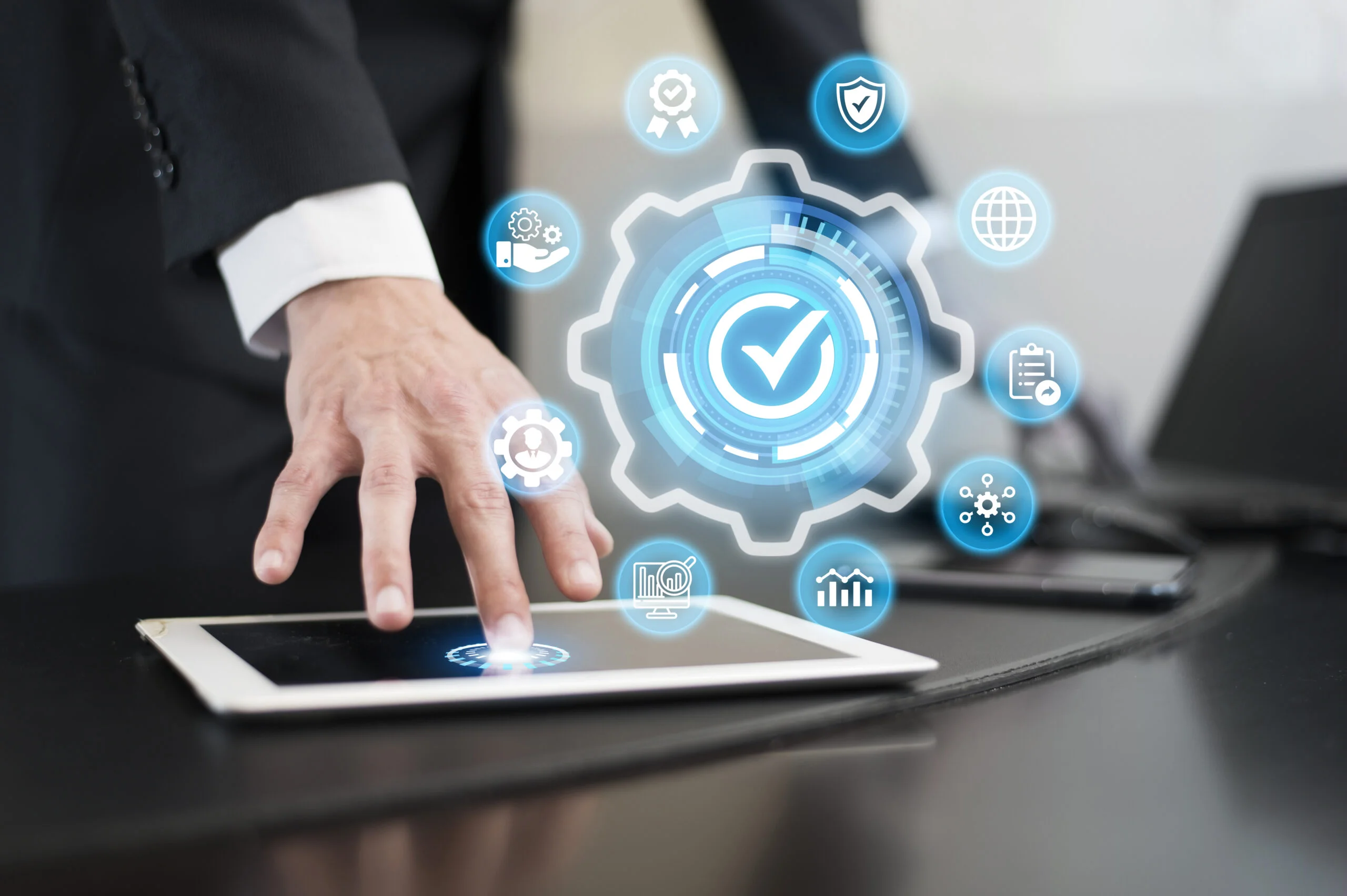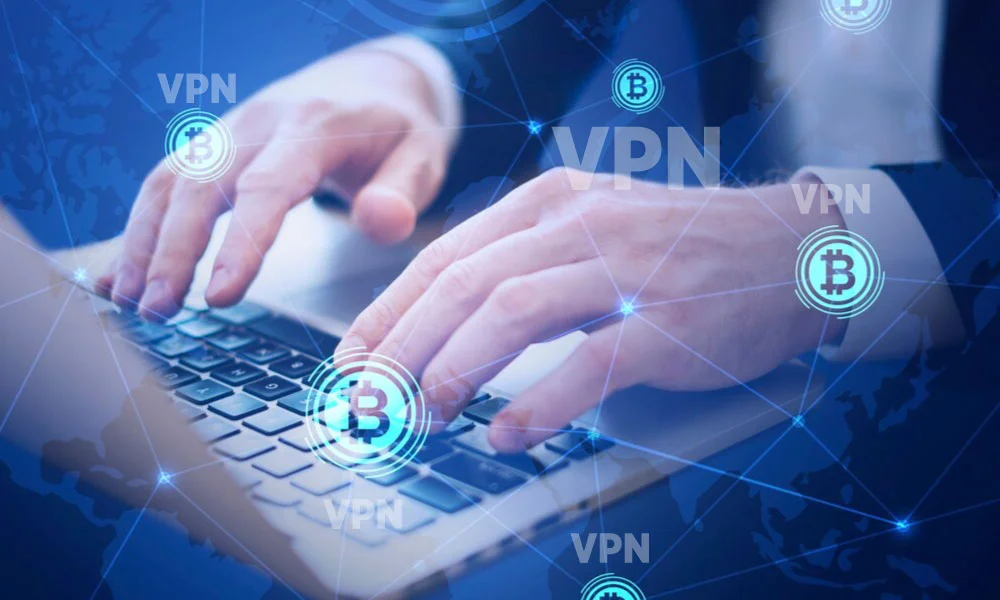In the technologically advanced world, cyber-attacks and data theft have become very common, where criminals illegally steal and misuse user data. Such activities have been quite devastating for companies, which spend days and months recovering from a potential cyber-attack.
To tackle this challenge and safeguard valuable data, organizations often utilize the methodology of identity and access management (IAM), a process for supervising which individuals can access what data in an organization.
Experts estimate that the IAM industry is worth $16.1 billion currently and will surpass $70 billion by 2032. The statistics reflect how remarkably companies are implementing the technology. Let us understand the topic extensively in the following sections.
What is Identity and Access Management?
Identity and access management (IAM) is a mechanism to distribute data access to the workforce as per their roles and responsibilities. In simple words, it allows users to access and use a set of data that resembles their profile in a company. The process offers flexibility to the organizational workflows alongside securing confidential data from tentative threats.
Increasing cybercrimes against companies have been a prime reason for development and enhanced usage of identity and access management. Hybrid and remote work modes have also contributed to the requirement for similar technologies. When employees started operating from distant locations, the number of data leaks and cyber thefts increased significantly.
Additionally, insider threat was another activity elevated due to undisciplined data access distribution in remote work culture. So, it was necessary to integrate tactics that could manage data access and allow authentication to the concerned individuals only.
How do Identity and Access Management Work?
Identity and access management or role-based access control includes two major stages: identity verification and access management.
Identity Verification:
In order to access data, individuals need to verify their identity and whether they belong to a particular organization or not. They can only view or use data after receiving authentication for the same. The process of authenticating users may include several mechanisms, such as:
- Unique key or OTP: This method sends a unique one-time password to users who try to access certain data sets every time. However, it primarily analyzes whether the user works for the concerned organization or not.
- Pre-set passwords: Here, users with authorization to access certain datasets set passwords for their decryption. Therefore, only the people with permission shall know the pin or key to unlock databases and utilize the same.
- Biometric authentication: IAM also makes use of biometrics of the users to verify their identity such as their fingerprints, voice, faces, irises, and others.
- Companies also use multi-factor authentication (MFA) to verify user identity, where multiple authorization tactics are adopted instead of one, such as OTP and biometrics. The process enables several stages of verification, which strengthens the access-providing standards.
Access Management:
Access management is the second stage of identity and access management, where individuals are assessed based on their designation and responsibilities in an organization. For example, if the finance head of a company is trying to access the account details of its other employees, they will receive access through identity verification. However, executive-level employees of the same organization may not get permission to access similar datasets.
Benefits of IAM:
Data encryption: IAM encrypts data from unauthorized access with unique keys. Therefore, sensitive information of organizations is protected from unwanted exposure.
Streamlined workflow: The process automates the security standards of companies while allowing data access to the concerned individuals only. It saves time on manual access distribution.
Lesser chances of cyber-attack: Identity and access management allows role-based data access. Hence, it restricts illegal data access and limits the chances of cybercrimes.
Standard cybersecurity framework: By enabling companies to manage data authentication and access, IAM reduces the risks of cyber threats, ultimately assisting organizations in establishing a stringent cybersecurity framework.
Summing Up:
Identity and access management can be remarkably advantageous for organizations aiming to run a risk-free business from the cybersecurity perspective. Nevertheless, firms need to consider a few factors while implementing this mechanism, such as company size and type, alongside strategizing the integration plan beforehand. There are several tools and software that support organizations in initiating an IAM plan and securing confidential data. Read our blogs to stay updated with the latest top-notch technologies.
Read More:
The Impact of ERP on Customer Relationship Management (CRM)








